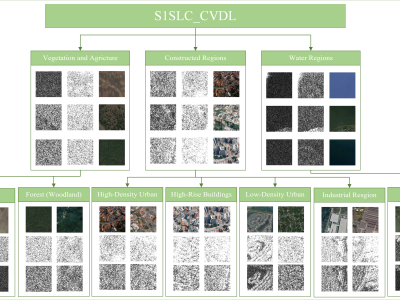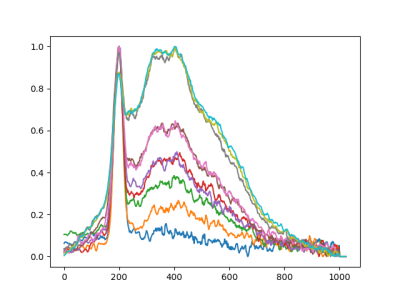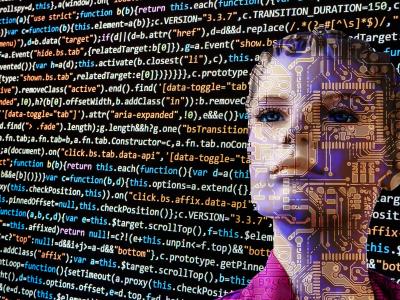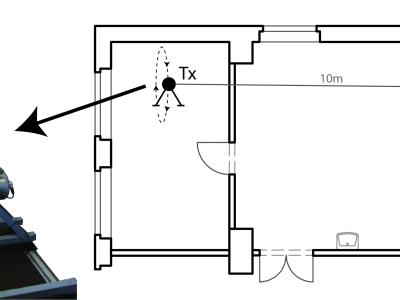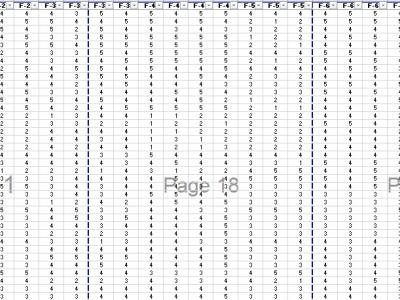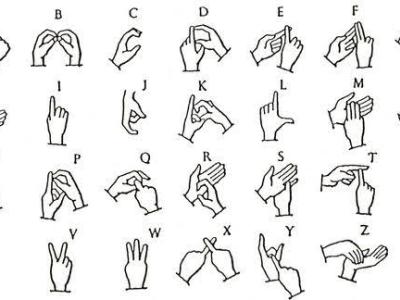
The dataset consists of NumPy arrays for each alphabet in Indian Sign Language, excluding 'R'. The NumPy arrays denote the (x,y,z) coordinates of the skeletal points of the left and right hand (21 skeletal points each) for each alphabet. Each alphabet has 120 sequences, split into 30 frames each, giving 3600 .np files per alphabet, using MediaPipe.
The dataset is created on the basis of skeletal-point action recognition and key-point collection.
- Categories:
